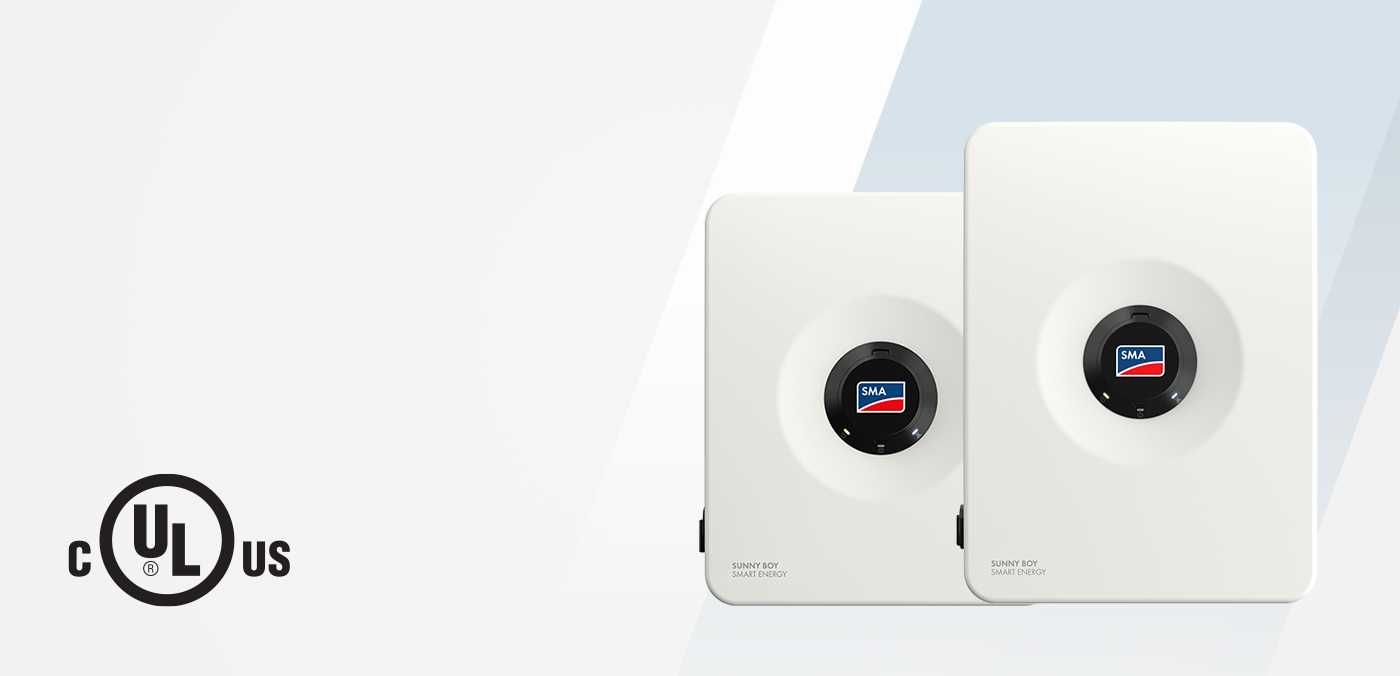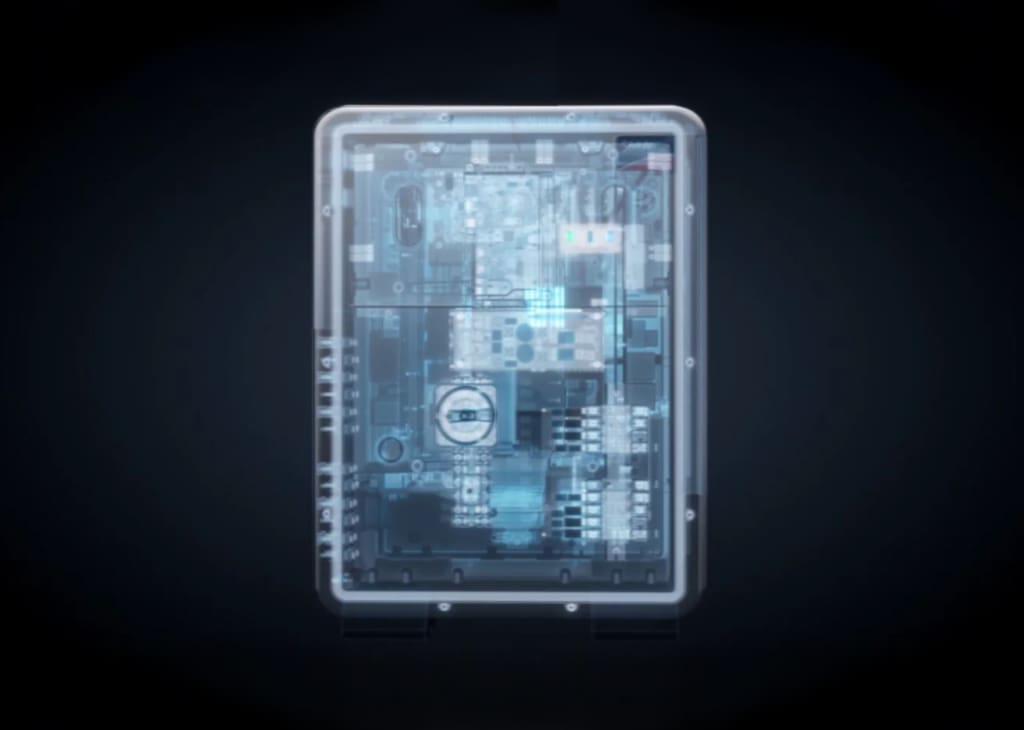Part 3: With SMA, Users Stay One Step Ahead in the Integration of PV Plants

In part two of our three-part series, we covered the support features that our Sunny Tripower three-phase inverters and Sunny Boy single-phase inverters have that implement proactive responses to grid requirements. Frequency Ride-Through and Voltage Ride-Through in particular are crucial for the definition of operation ranges of the inverters and the expected response for different levels of anomaly in the voltage or natural frequency of the grid.
It is possible to define different limits of disconnection for these functionalities that depend on the severity and duration of the fluctuations. By defining different levels of ride through, it is possible to assimilate variations of frequency and voltage to keep the inverter in operation in order to avoid prolonged and critical failures.
In conclusion, all PV inverters must convert DC current from the array into an AC satisfying interconnection requirements. In case the voltage or frequency parameters exceed the established limits, the inverters must interrupt production and disconnect from the grid according to the tripping times defined by the local requirements. Smart inverters can also alter their performance in order to better support the electrical grid. These inverters can respond rapidly to changes in grid parameters by changing active or reactive power in order to stabilize the connection allowing more DERs to be integrated into the network.
Considering that this technology has already been implemented in other countries with high penetration of DER systems through SMA inverters, and also considering that many of these functionalities have already been included for several years in both central inverters and string inverters, it is worth noting that SMA was the first manufacturer to achieve UL 1741SA certification (which identifies the functions necessary for optimum grid stability as defined by UL) for the Sunny Boy US-40 inverter, allowing users to be one step ahead in the integration of PV plants, and thus demonstrating the leadership, experience and knowledge in PV inverters and in the area of solar technology.




Hi Alex,
I have a query. In my country, grid-feeding is not allowed but i have a 75kW PV generator that supplies a base load of 50kW complimenting the grid in real time. While the PV gen cannot run the load alone without grid, i would like to prevent PV power from flowing back to the grid. I have a 100KVA diesel gen to backup the grid. I am use Sunny Tripower 25KVA GTIs.
May you suggest a solution for me please